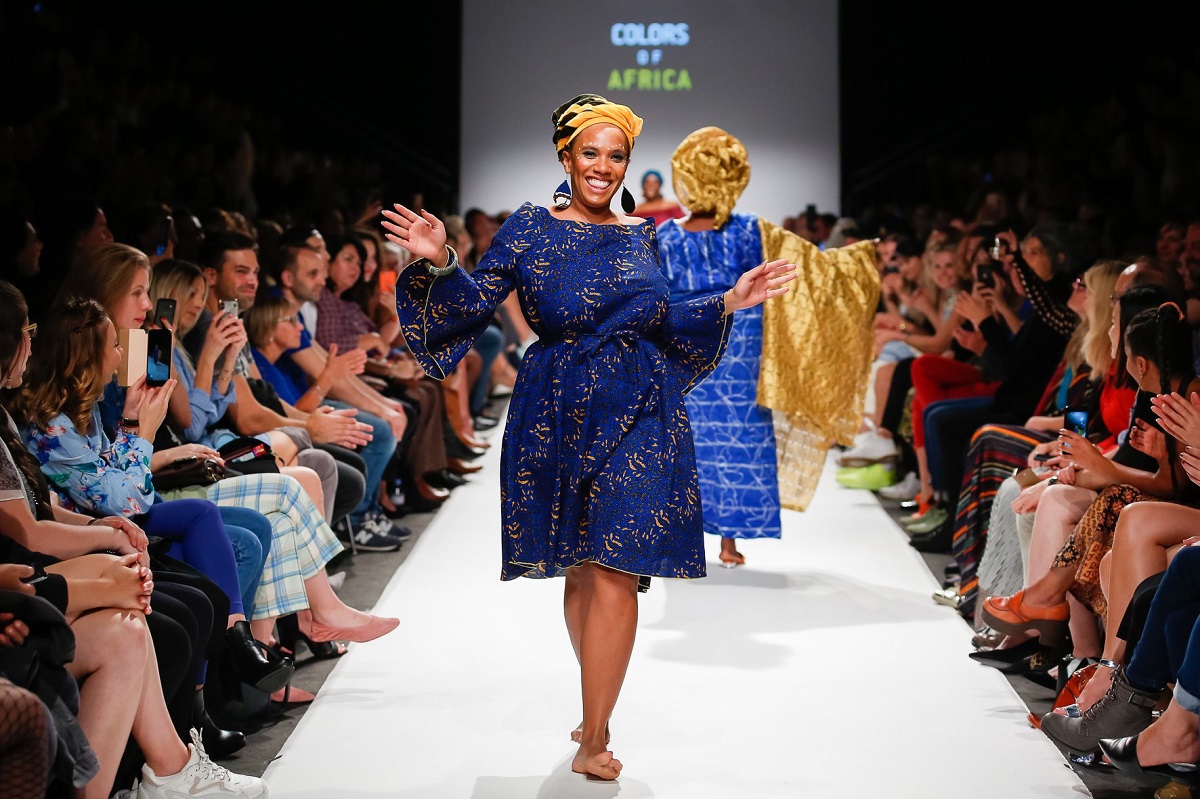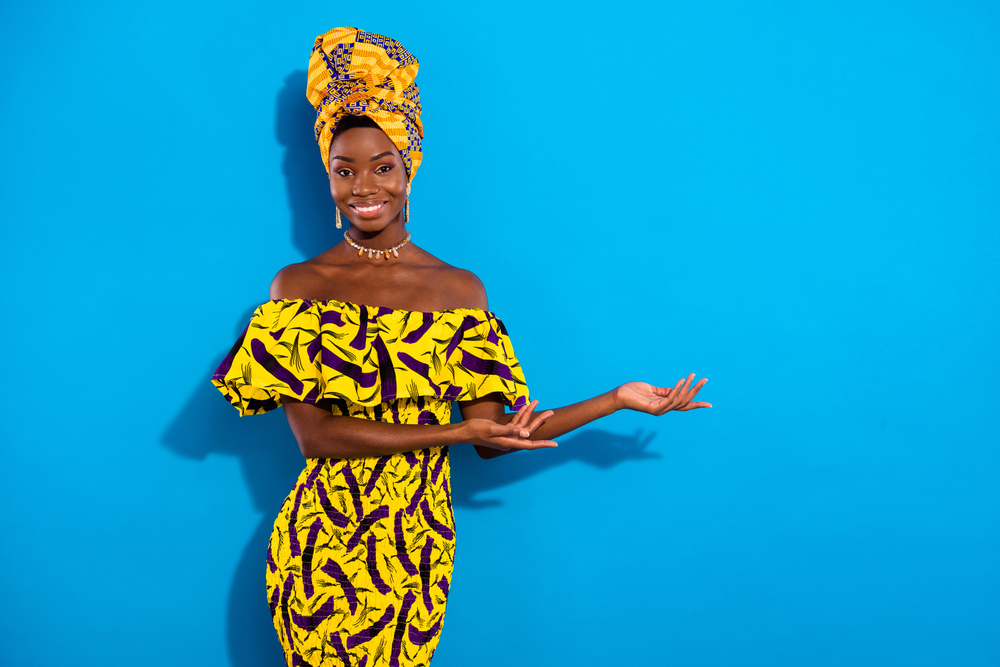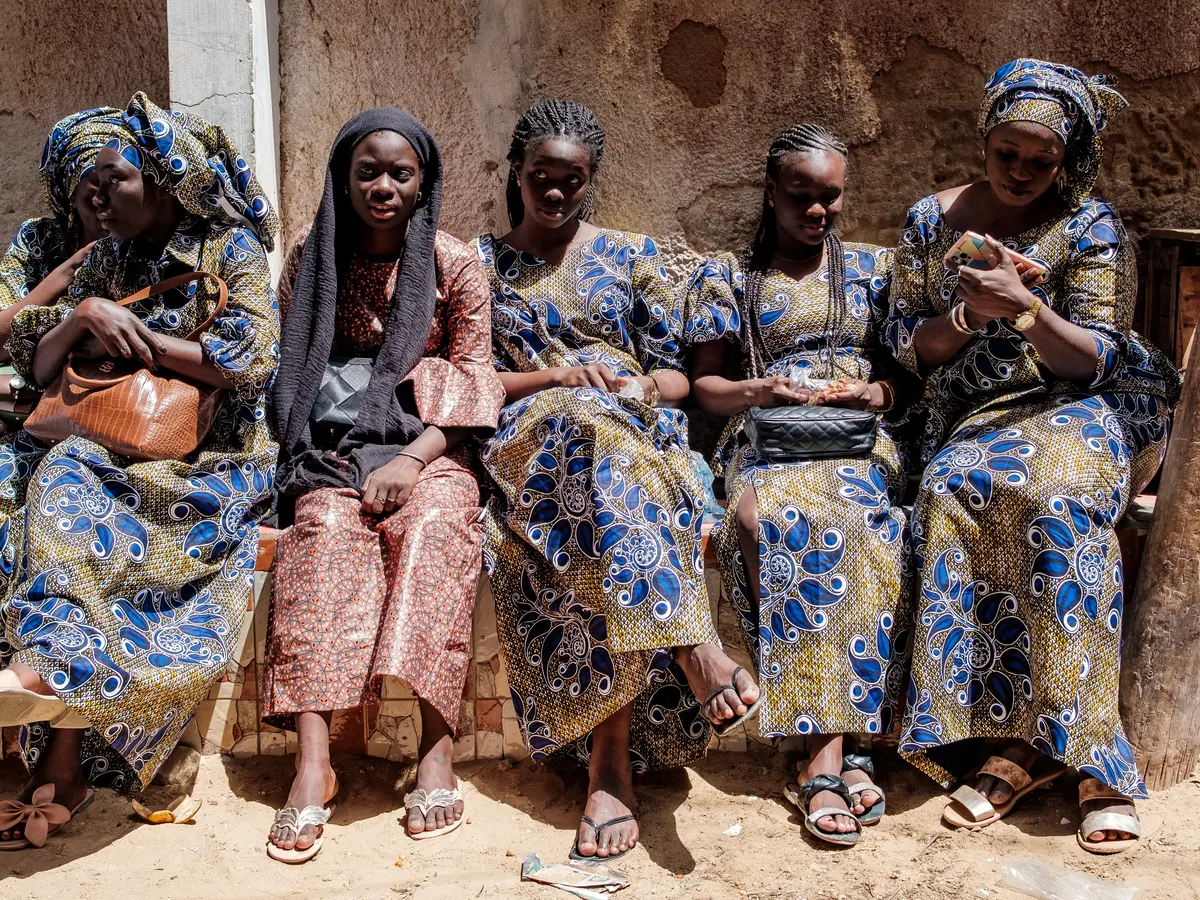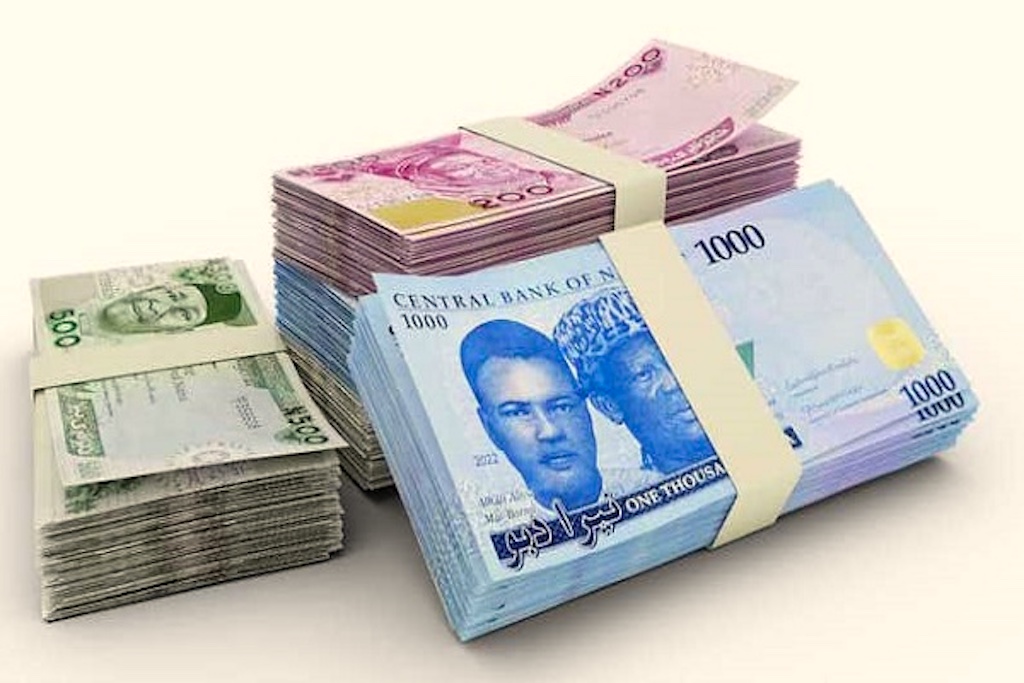Outline:
- Overview
- Identifying the Problems
- Proffering Solutions
- Features
- Resources
- Market size
- The Future of Fashion

Overview
In my research, I found that Africa’s fashion ecosystem is a diverse and dynamic space that encompasses various stakeholders, including designers, artisans, manufacturers, suppliers, retailers, consumers, policymakers, and influencers.
The continent’s fashion industry has grown significantly over the past few decades, with many African designers gaining international recognition for their unique and innovative designs.
One of the defining features of Africa’s fashion ecosystem is its focus on sustainability and ethical production practices. Many designers and manufacturers in Africa are committed to using locally sourced materials, such as cotton, wool, and leather, and employing traditional techniques to create their designs. This approach not only promotes local economic development but also helps reduce the environmental impact of the industry.
Another important aspect of Africa’s fashion ecosystem is its role in promoting cultural diversity and preserving traditional craftsmanship.
Many African designers incorporate elements of their cultural heritage into their designs, creating a unique fusion of traditional and modern styles. This approach has helped to showcase Africa’s rich cultural heritage to the world and provided a platform for local artisans to showcase their skills.
Africa’s fashion ecosystem faces several challenges that hinder its growth and development.
These challenges include;
- Many African designers and manufacturers struggle to access financing and resources to scale their businesses. This makes it difficult for them to invest in production facilities, marketing, and distribution, which limits their ability to compete with larger, established brands.
- Africa’s fashion ecosystem is hindered by inadequate infrastructure and logistics, which make it difficult to transport goods across borders and to access raw materials. This increases the cost of production and limits the industry’s ability to meet demand.
- The dominance of fast fashion and mass-produced garments from other regions presents a significant challenge for Africa’s fashion ecosystem. Fast fashion is often cheaper and more accessible, making it difficult for local designers to compete.
- Many African designers struggle to access international markets due to trade barriers, high tariffs, and limited distribution networks. This limits their ability to grow their businesses and reach new customers.
- The fashion industry requires a range of skills, including design, production, marketing, and distribution. However, many African countries face a skills gap, with a shortage of skilled workers in these areas. This limits the industry’s ability to grow and compete globally.
Solutions
There are several solutions that can help address the challenges facing Africa’s fashion ecosystem and support its growth and development.
Some of these solutions include:
- Providing access to finance is critical to supporting the growth and development of the fashion industry in Africa. This includes providing funding for production facilities, marketing, and distribution. Governments, private Investors and international organizations can play a role in providing financing through loans, grants, and other forms of support.
- Improving infrastructure and logistics is essential to supporting the growth of the fashion industry. This includes improving transportation networks, reducing trade barriers, and improving access to raw materials. Governments can play a role in improving infrastructure, while the private sector can support logistics through improved supply chain management.
- Promoting sustainability and ethical production practices is critical to the long-term success of the fashion industry in Africa. This includes promoting the use of locally sourced materials, reducing waste, and promoting fair labor practices. Consumers can play a role in promoting sustainability by choosing to purchase sustainable and ethical fashion.
- Improving access to markets is critical to the growth and development of the fashion industry in Africa. This includes reducing trade barriers, improving distribution networks, and promoting African fashion in international markets. Governments, private sector organizations, and trade associations can play a role in promoting African fashion and improving access to markets.
- Addressing the skills gap in the fashion industry is essential to supporting its growth and development. This includes providing training and education in design, production, marketing, and distribution. Governments, educational institutions, and the private sector can all play a role in providing skills development opportunities for people in the fashion industry.
Distinctive features of this ecosystem and its diversity, with various countries and regions having their own fashion styles and customs. I’d like to talk about the fashion platforms that are presently available in Africa.
- African e-commerce platforms that specialize in apparel include Jumia, Konga, and Kilimall. These platforms provide consumers with a convenient way to buy online and offer a diverse range of fashion products from various brands and designers.
- This platform links African designers and brands with customers all over the world. such as Duka Africa and Afrikrea. These platforms allow designers to showcase and market their goods while also providing consumers with unique and culturally inspired fashion items.
- Several fashion design software solutions have been specially developed for the African market. These tools assist artists in creating digital designs and include features such as pattern-making, grading, and 3D simulation.
- Sustainable fashion is gaining traction in Africa, with many designers and brands emphasizing eco-friendly and ethical practices. Companies such as Rothy’s, Pangaia, and Veja are leading the way by creating fashionable and sustainable products using recycled materials and sustainable manufacturing techniques.
- Manufacturers and retailers are also important players in the African fashion ecosystem, as they are in charge of creating and distributing fashion products, ensuring that they reach the right markets at the right time.
- Due to the COVID-19 pandemic experience of the past few years, many fashion brands and designers have resorted to virtual fashion events to showcase their collections. Platforms such as Fashion Week Online Africa, Gtbank Fashion Week, AFI Virtual Fashion Week, and others have grown in popularity, allowing designers to exhibit their work and consumers to experience fashion in new ways.
Note:- The African fashion ecosystem is a diverse and dynamic network that is undergoing substantial transformation as a result of technological advancements. and I think that by leveraging technology, designers, manufacturers, and retailers, we can develop innovative products and services, enter new markets, and overcome industry challenges.
Resources available in the fashion ecosystem in Africa
The African Fashion Foundation is a non-profit organization that supports African fashion designers by providing access to funding, mentorship, and networking opportunities. They also run various programs and initiatives aimed at promoting sustainability in the fashion industry in Africa.
The Ethical Fashion Initiative is an organization that works with artisans and small-scale producers in Africa to promote ethical and sustainable fashion. They provide training and support to help these producers improve their skills and access new markets.
Fashionomics Africa is an initiative of the African Development Bank that aims to support the growth of the African fashion industry.
They provide access to funding, mentorship, and training for fashion entrepreneurs in Africa, with a focus on promoting sustainability and inclusivity.
Circular Fashion Africa is a platform that promotes circularity in the African fashion industry. They provide resources and tools to help designers and businesses adopt circular practices, such as upcycling and recycling, to reduce waste and improve sustainability.
The African Fashion Guide is an online resource that provides information and resources for fashion entrepreneurs in Africa. They offer guidance on sourcing materials, marketing, and branding and provide insights into the fashion industry in Africa.
Lastly, I believe that by leveraging these resources and adopting sustainable practices, fashion entrepreneurs in Africa can build thriving businesses that promote economic development and environmental sustainability.
Market size of the Africa Fashion industry
The fashion industry in Africa is a rapidly growing and dynamic sector that is gaining global recognition for its unique style and creativity. The size of the African fashion market is difficult to measure precisely, given the diverse and decentralized nature of the industry.
However, estimates suggest that the African fashion market could be worth as much as $15.5 billion by 2022, making it one of the fastest-growing fashion markets in the world.
One of the key drivers of growth in the African fashion industry is the rising demand for African-inspired fashion, both locally and internationally. African fashion is known for its vibrant colors, bold prints, and intricate designs that are deeply rooted in the continent’s rich cultural heritage. In recent years, African fashion designers and brands have gained increased visibility and recognition on the global stage, thanks to platforms such as fashion weeks, social media, and e-commerce.
In addition to the demand for African-inspired fashion, there is also a growing trend towards sustainable fashion in Africa. Many designers and brands are adopting eco-friendly practices, such as using recycled materials, upcycling, and using natural dyes. This trend is driven by both consumer demand for ethical fashion and the desire of African fashion stakeholders to contribute to environmental sustainability.
The Future of African fashion industry
History VS Future
Growth: Revenue in the fashion segment is projected to reach $8.26 billion in 2023. Revenue is expected to show an annual growth rate (CAGR 2023-2027) of 12.66%, resulting in a projected market volume of US$13.30bn by 2027.
Sustainability: There is a growing emphasis on sustainability in the African fashion industry, with many designers incorporating eco-friendly and socially responsible practices into their business models.
Technology: The use of technology, particularly e-commerce platforms, is becoming increasingly important in the African fashion industry. This is expected to continue as more consumers in Africa and around the world shop online.
African Print: African prints, also known as Ankara or Wax prints, are becoming increasingly popular in the global fashion industry. Many African designers are incorporating these prints into their collections, and international designers are also beginning to use them in their designs.
Collaborations: African fashion designers are collaborating with international brands and designers to create unique collections that blend African and Western fashion sensibilities. This is expected to continue as the African fashion industry gains more visibility and recognition globally.
To this end, the future of the African fashion industry looks promising, with growth and innovation expected in the coming years.
To be continued…
About the writer:
Temitope Daramola is a product manager who wants to create products that solve complex problems for fashion users. She is motivated by a personal mission to create a fantastic fashion product in Africa. Temitope’s inspiring stories continue to evolve as she has outfitted over 100 people in the last 5 years. Combining two industries in which she has a strong interest—technology and fashion—Temitope is honing her abilities as a product manager with growing interest in market research, product prioritization, data analysis, and communication.







